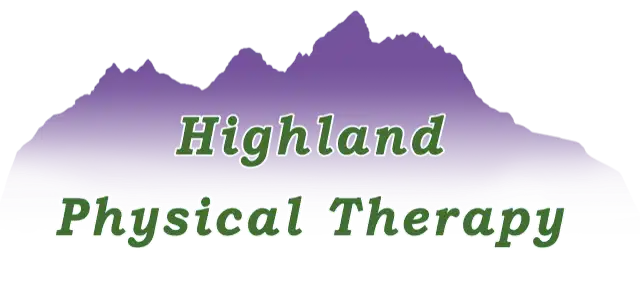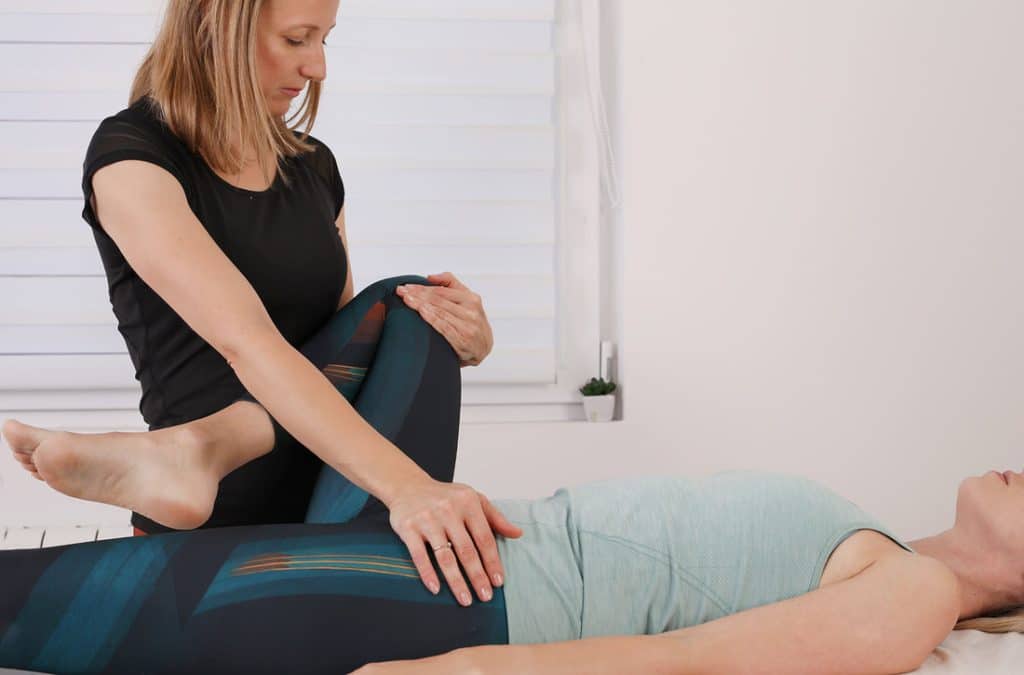You are likely familiar with the gluteus maximus (the big muscles that form the buttocks). This muscle extends the knee (moving the upper leg backwards) and outward rotation. It’s important in stabilizing the hip in rotation, preventing your leg from rotating inward too much. When this muscle is too weak, your leg will rotate inward while you move. This increases stress on the knee, causing a twisting motion on the kneecap and joint due to excessive inward rotation.
Your hip flexors enable you to lift your upper leg forward. They stabilize your hip rotation, preventing your leg from rotating too far inward. But if they are too tight, they will not allow your leg to rotate far enough inward during the step cycle. As you may have guessed, this forces a twisting motion in your knee, which can hurt! Your hip rotators also help control how much your hip may turn inward or outward. If these are too tight, it doesn’t allow your hip to move as fully as it needs to. Along with causing twisting forces, this can cause patellar tracking dysfunction and damage the connective tissues in your knee. If this continues for a time, it may wear out your meniscus which provides the cushion in your knee that prevents the bones in your legs from hitting one another. Breakdown of that cushion can be very painful.
The hamstrings are a group of muscles on the back of the upper leg. They enable you to bend your knee up and back, straighten or extend the hip, and rotate your lower leg while the knee is bent. When your hamstrings are too tight, they pull on the back of your knee and may even make it difficult to straighten your leg. This tension causes a lot of force on the back of your knee, and can cause imbalance and shearing forces between the upper and lower leg.
Because the hips are so intimately associated with movement of the knees, it’s important to keep them healthy and strong. This can prevent injury and keep your knees healthy so that you can stay active! Gently stretching and strengthening your hips regularly is a great step toward healthy hips and knees. I like to do clamshells (pictured above) and hip bridges among other exercises to strengthen my hips. To stretch, I like to lay back and fold one leg over the other (pictured below), do a gentle forward lunge, or the butterfly pose (sitting with knees bent and feet together, gently lowering knees toward the ground). A physical therapist can identify hip and knee problems and teach you exercises and stretches specific to your needs. We offer free 25-minute consultations; call (208)237-2080 to schedule yours. Come talk to a PT today, and see how we can help
|
|


